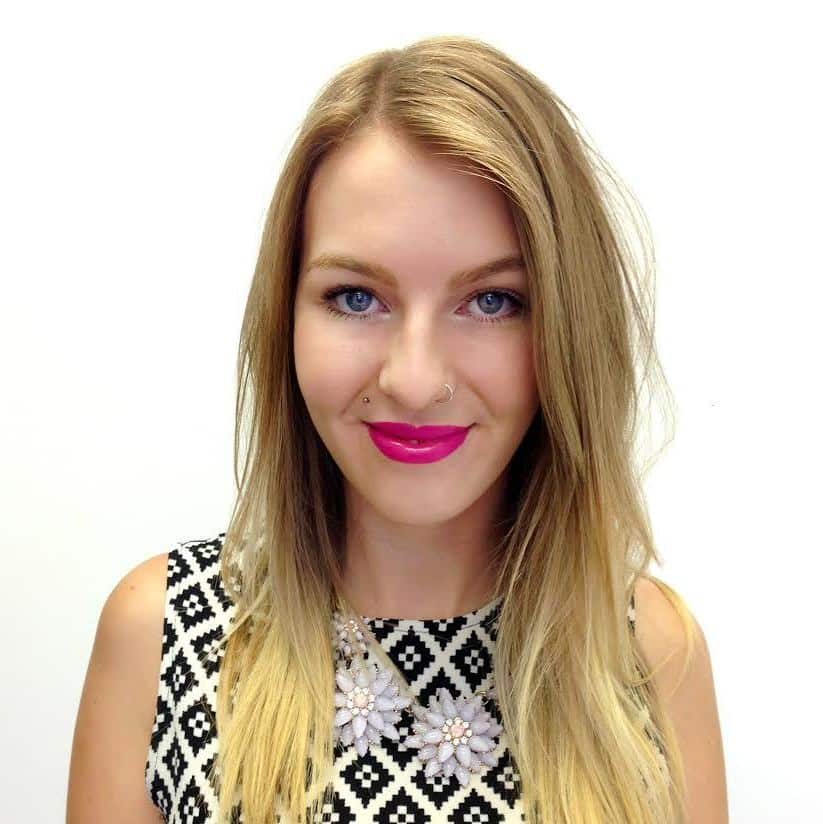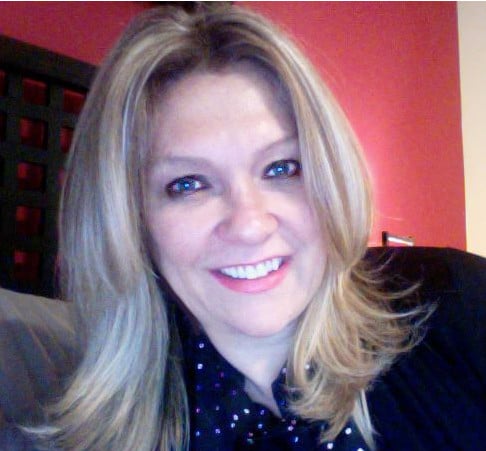Today’s creative professional is a multi-disciplinary tour-de-force. Not only do they need to be supremely skilled in their area of expertise —illustration, copywriting, graphic design, and the list goes on—but they also require the skills to make the leap from the classroom into the real world. It takes business acumen, administrative skills, and a full spectrum of “soft skills” to even get a seat at an increasingly crowded and competitive table.
We spoke to five creative professionals from OCAD University, the third largest of the 40 professional art and design universities in North America, to discuss how their school is reacting to the demands levied by an evolving marketplace. Now more than ever there is an open and exciting media landscape in which creatives can ply their trade. Is art school still preparing students to grasp these opportunities, or is it lagging behind the needs of the times?







Geoff Snack
Geoff Snack, Teacher/Director of Strategy
I’ve noticed a shift towards commercial applications and career training in arts education—both from the perspective of academic offerings and from the motivations of students, and particularly in the realm of digital media.
I have heard conflicting opinions on this. Some believe that this is negative and that an art institution should focus solely on educating students in theory, history and technique. I disagree. Learning skills beyond theory, history and technique is critical to understanding how those skills can be applied. With the recent popularity of branded content alongside brands getting more involved with the fine art world, there are now more accessible avenues for commercial applications to skills learned in art school.
What is lacking is secondary and “soft” skills that are necessary for an individual to thrive in a working environment and to sustain a freelance practice. Put another way, schools needs to provide more skills to allow people to transition from creative labour to creative leadership. By creative leadership, I mean those who can generate ideas, strategize, as well as lead a team in producing creative ideas and work.
It seems that there are more students interested in generalization rather than specialization compared to 5 years ago—this is a direct response to changes in the market and how we consume media. Brands now need to create compelling, relevant and distinct visual content. As the market changes and unique content becomes increasingly essential, there is a growing opportunity for creatives to leverage their skills to guide content production. This drives a demand for multi-disciplinary creatives and generalists. Institutions need to respond to this shift and offer opportunities for students to acquire a more diverse skill set reflective of the current market.


Ariel Riske
Ariel Riske, Copywriter
Having recently graduated from OCAD’s Advertising Design Program, I’ve had some time to reflect over the course structure and how I hope to see it change. Of course it’s necessary to have a background in art history, and basic skills in a number of fields, but the over-generalization of skills left me wanting more. Being able to interact with a variety of disciplines results in well-rounded creatives, but currently the curriculum isn’t flexible enough to allow for specialization. For example, over my four years as an aspiring copywriter, I was only able to take two copywriting studio courses, and could never get a spot in creative writing liberal courses.
Aside from curriculum structure, there was also a strong focus on theory instead of practice; we learned how to think, but not how to execute. All of our Adobe skills were taught through YouTube tutorials, not in the classroom, so the refinement of skills came only to those who wanted it enough. The stream I chose meant that in our final year we formed our own advertising agencies; taking on roles as Art Directors, Copywriters, Strategists and Graphic Designers.
Having professors that were willing to put their own connections on the line for us, and be available night and day for unwavering moral support, had to be the best part about my OCAD career. From these professionals, I learned how to find real insights and create meaningful work, as well as how to market myself.

Rebecca Ladds, Fine Artist
One of the most beneficial aspects of my experience at OCADU was the variety of open resources in multiple areas of study. Floating amongst the printmaking studios, while also being welcome in the woodshops and metal/fabrication studios, was integral to learning new materials and working them into my own practice. In this way, I was able to major in printmaking and refer to the foundations of the medium while not being restricted by them in thesis (therefore, it was a lot of fun).
This multidisciplinary approach was encouraged in some assignments to promote alternative ways of thinking about materials, which then leads to a further investigation on how such experiments can affect the conceptual basis of a work of art. For me this was a productive way to learn; it was very hands-on and stimulated my interest in more and more topics of study. I believe there should be more of this demonstrated in the structuring of elective course options (for both studio and liberal arts), and more intermixing of major studies, especially in the final studio/thesis years. I feel as though I’ve seen the organization of art school become more segmented and specialized, where as a student you are grouped with others that work in a similar materials, but not necessarily in similar ideas. I found that the best critiques and discussion came from those working in media significantly different than the ones I chose to work in.
While the visual and technical support offered by OCADU was great, I think there must be more emphasis and guidance on the entrepreneurial/business aspects of being a professional creative. As a recent graduate, my experience since has been learning the networking and administrative side of being an artist, skills that are just as important as the making of work but is not reflected in any curriculum I experienced. And, as proven by many professional artists, post-secondary certification is definitely not necessary to be successful as an artist.


Sandy Kedey
Sandy Kedey, Teacher/Chair of Advertising
These days most everyone wants a job. They want results, and so do employers. Results now—no time to train or intern. In fact, a twelve year old now understands how to “brand” and differentiate his or her profile and digital presence as much as the average 21 year old.
The way we reach and connect and communicate, all across the globe, is now within the power of the visual language—whether symbolic, expressive, metaphoric, narrative or otherwise. The pervasiveness of the visual context is growing and growing in leaps and bounds. In 2014, all major advertising agencies posted a growth range of between 1 to 6.5%, as reported by Omnicom, and forecasts even greater for 2015; there is a true reality check to this.
Do you need “art school”? We think so. The curious, artful and creative mind tends to explore, but sometimes that gets stale, patterned and predictable. Art school should push you, allow you to discover and inspire. And art & design schools push you even more, allowing critical design thinking, innovation and exploration. The challenge is often keeping up with technologies, and defining precisely what solutions and narratives will and will not be appropriate, but having exposure, and even more ability to refine one’s craft, validates the process. We allow failure and success—corporations and galleries don’t necessarily. You have to learn it before you get to break the rules.


Ann Urban
Ann Urban, Teacher/Creative Director
I remember teaching advertising art direction at OCAD—before they added the “D” and the “U”. Back then, all you had to do in ad class was to come up with a few good print and TV concepts, do some layouts and you’d get a job. Today, in the same ad class, you still need to come up with concepts and layouts—but now, by the dozen. In addition to mastering traditional marketing approaches, you also need to create sophisticated convergent culture and transmedia campaigns in every conceivable medium.
You are expected to do the campaign strategic thinking, media selection/planning, budgeting, positioning, copywriting, execute expertly in the latest graphics programs for time-based media, print and digital. Understanding the digital landscape in marketing, creative and technical terms is a given. As if that wasn’t enough, creative directors today want collaborators, storytellers, and great presenters with tons of soft skills.
We hear over and over that agency cutbacks mean no more training wheels—students need to graduate ready to leap from the classroom to the boardroom, with a full complement of expert skill sets across multiple disciplines. A formal art school education has never been more important than today—you can’t just “wing it.” Today, many young grads with impressive credentials fiercely compete with multiple candidates for an unpaid internship. The “lucky ones”get free internship after free internship. Someone is creating all those $5 logos on fiverr.com.
Is there an upside? Of course. Creative people have never had more license and liberty to create entertaining, impactful work. The old rules have given way to more artistic opportunities that new media present, limited only by one’s imagination and skill. Multi-disciplinary demands mean a wider range of fun areas for a fertile, creative mind to play.








